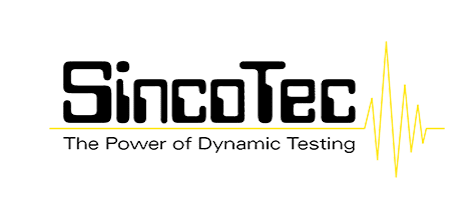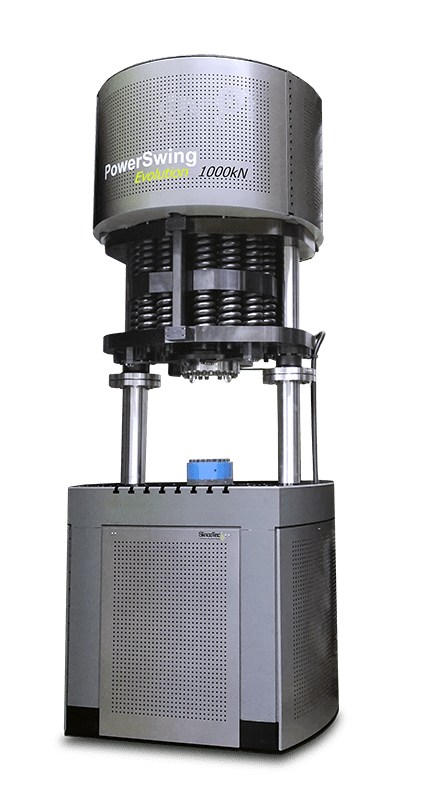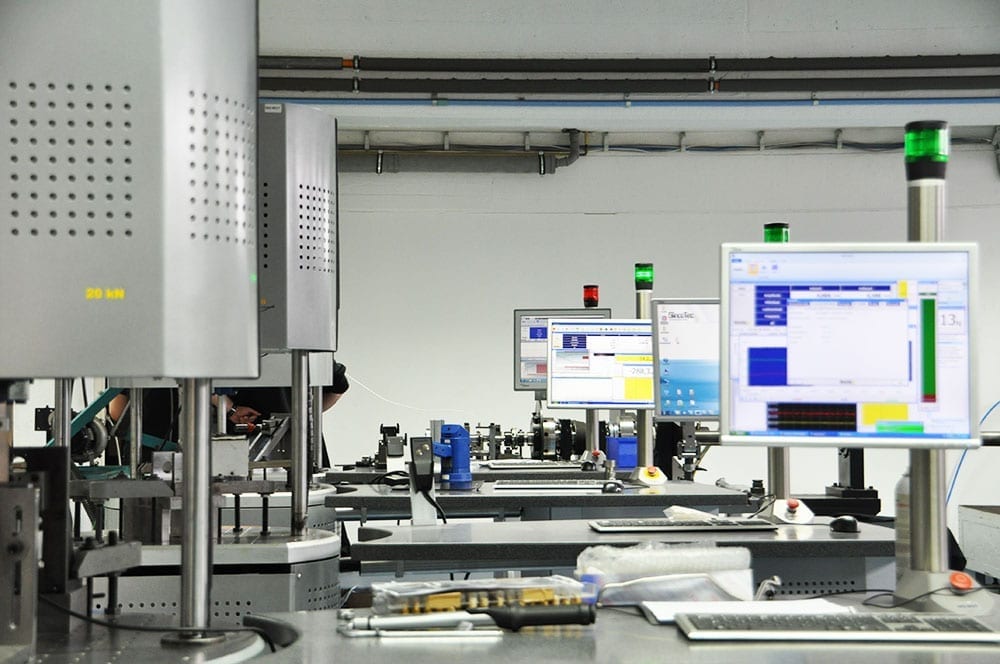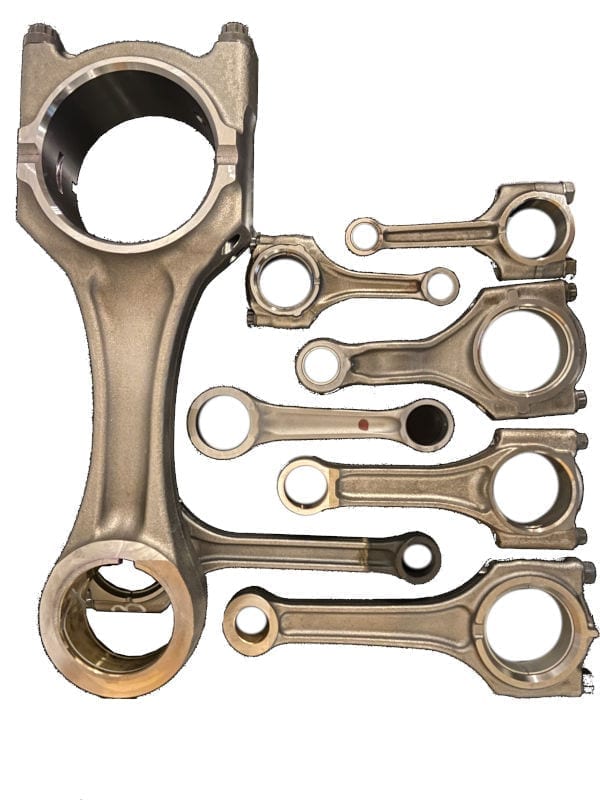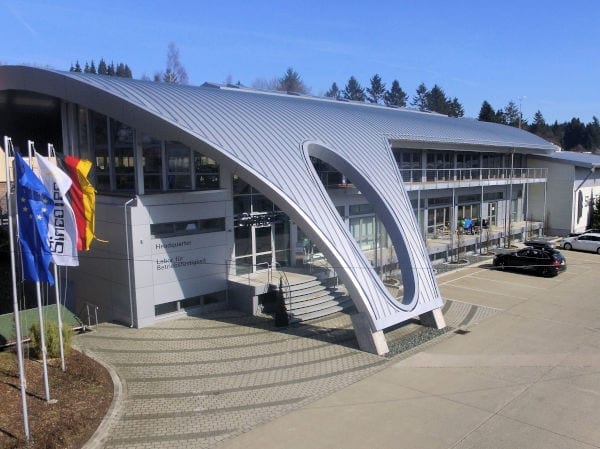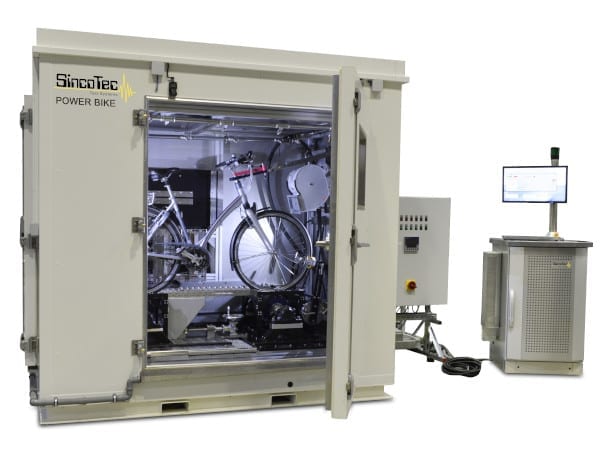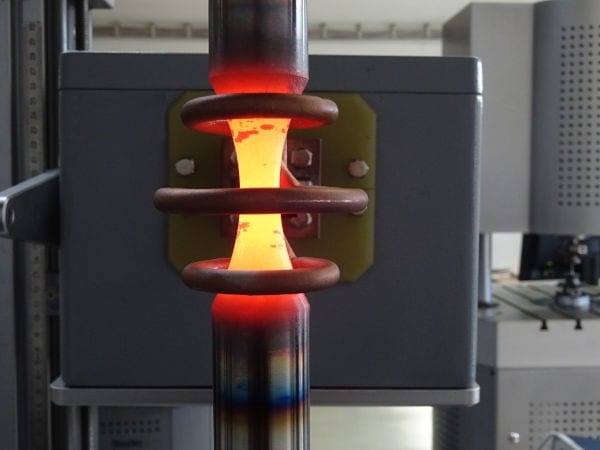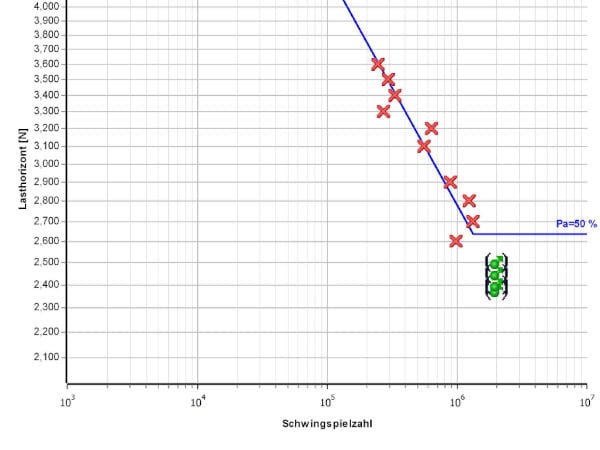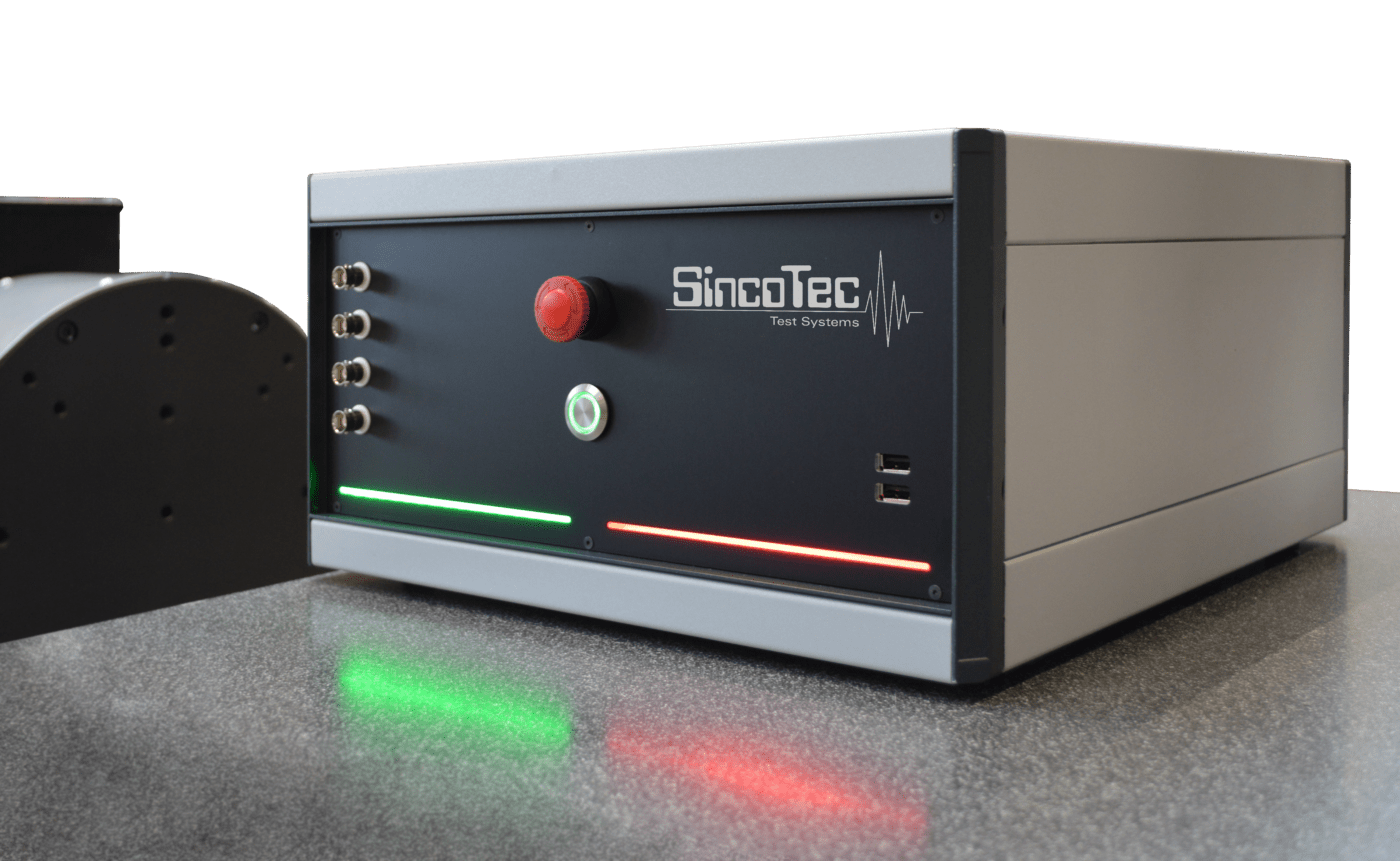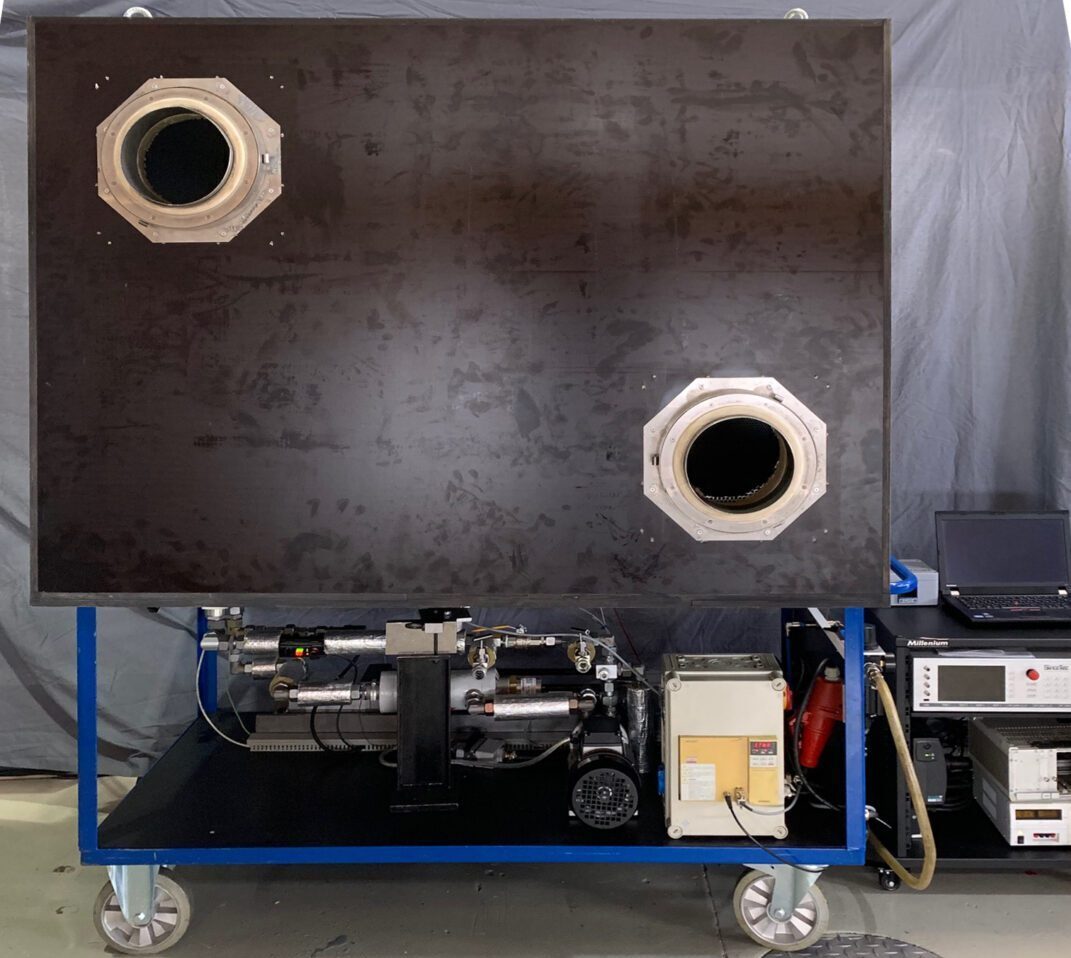SincoTec on the Road to Self-Sufficiency - Solar Offensive
Our Contribution to the Energy Transition

Solar-equipped roof area opposite
SincoTec headquarters
Dynamic testing laboratories require a substantial amount of energy, significantly impacting overall testing costs. SincoTec, with its in-house developed resonance testing machines, holds a notable advantage. However, out of its 160 machines, two-fifths-comprising servo-hydraulic, servo-pneumatic, or electric drives – use a significant amount of energy, comparable to that of a single-family home.
It’s also crucial to remember that various measurement systems operate continuously for each test setup, and the cumulative energy use of lighting and monitoring systems is substantial.
The shift toward solar energy has been widely discussed, prompting SincoTec to explore self-generation options such as photovoltaics or small wind turbines.
In 2015, the company developed a durable small wind turbine known as a vertical rotor. However, photovoltaics proved to offer clear advantages in simplicity and cost-efficiency over wind turbines.
SincoTec’s facilities can accommodate nearly 1,000 solar modules, totaling over 400 kWp – enough to completely power its testing operations with solar energy. The engineers and technicians at SincoTec are dedicated to maximizing energy efficiency and have integrated it deeply into their work culture. Plans for future expansion include the addition of large battery storage systems utilizing sodium technology, which offers a nearly infinite lifespan and whose heavier weight is inconsequential for stationary applications.

Solar-equipped roof area opposite
SincoTec headquarters

How can we help you?
When it comes to testing your products, components or assemblies for their load capacity, service life and reliability, we have the right solution. Please briefly describe your problem, we will be happy to get back to you in a timely manner!
